 4 Columns
4 Columns
We’ll return with a new issue on September 8! In our first summer missive, three filmmakers who left us wondering after their one-hit wonders.
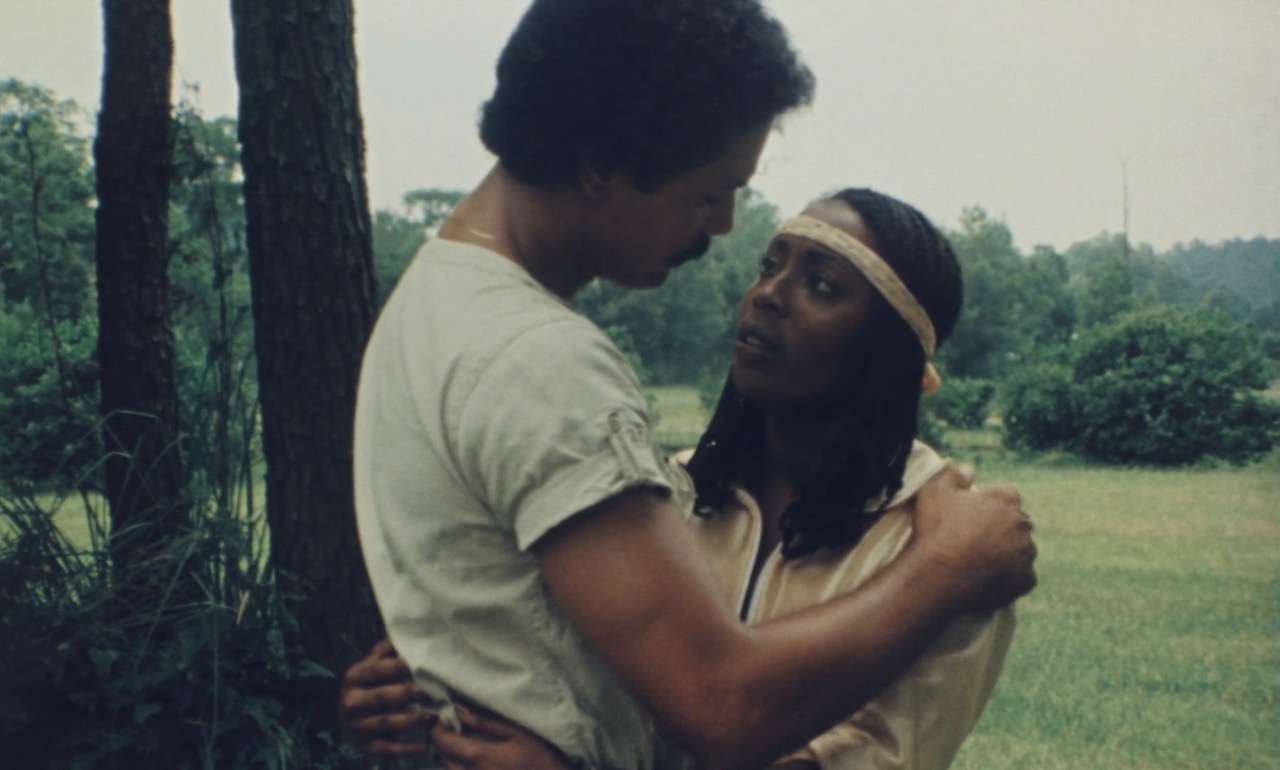
Richard Romain as Peter Metoyer and Tommye Myrick as Maria Mathis in Cane River. Image courtesy Oscilloscope Laboratories.
Some auteurs are exalted for their prolificacy: Dorothy Arzner, who helmed more than sixteen features in fifteen years; Spike Lee, who, as of this writing, has three films in preproduction; Hong Sang-soo, famed for making multiple films in one year. But a particular aura attaches to the movie that, for whatever reason, constitutes the lone feature film by its creator.
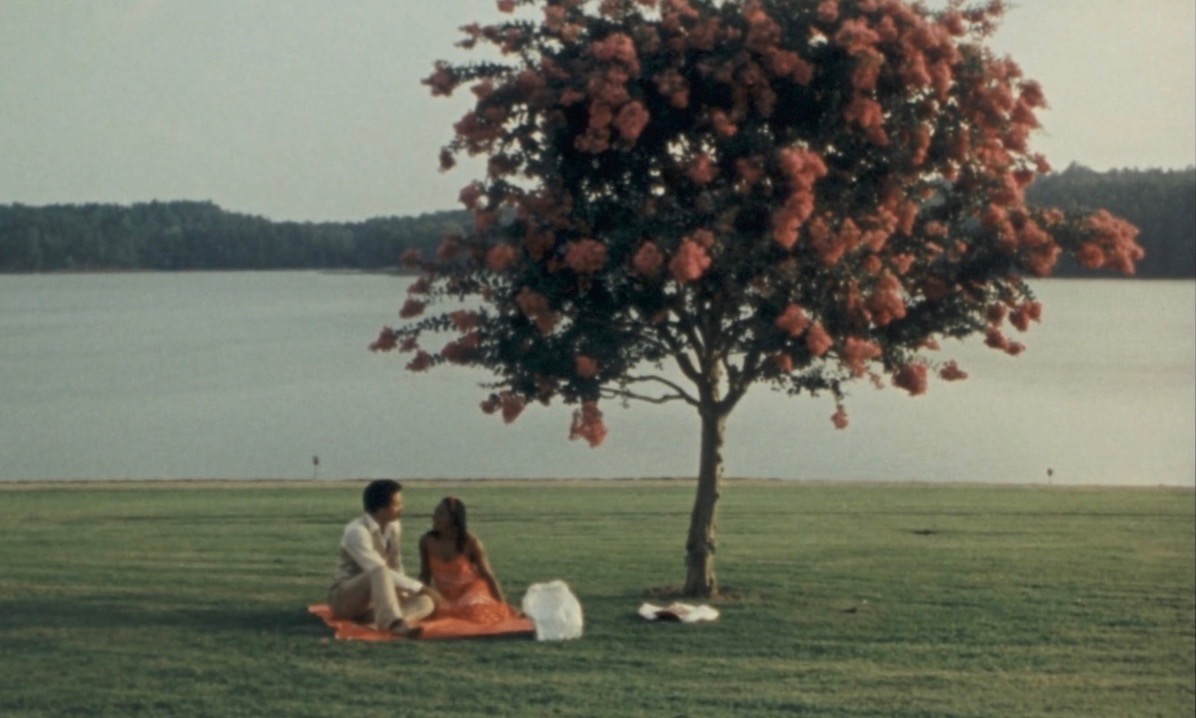
Richard Romain as Peter Metoyer and Tommye Myrick as Maria Mathis in Cane River. Image courtesy Oscilloscope Laboratories.
Horace B. Jenkins died, at age forty-two, in December 1982, shortly after completing Cane River, his first—and last—movie. The New York premiere had been scheduled for February ’83, but “without its author around to advocate for his film, Cane River dried up, thought lost until its original picture and sound elements were discovered at the DuArt lab in 2013, and since restored,” as Nick Pinkerton notes in his appreciation. The film, about two Black families in Louisiana’s Natchitoches Parish, “exemplifies the tradition of regionalist American independent filmmaking in exploring those innumerable facets, invisible from a distance, that make most attributions of regional characteristics simplistically broad-brush,” Pinkerton writes. “What Jenkins is after . . . is a more granular, micro regionalism, one that’s measured in acres, surnames, and property lines.” He left behind “a film filled with the pleasures of” specifics, one “attentive not only to the beauty of bayou sunsets, but also to the homely details of domestic interiors.”
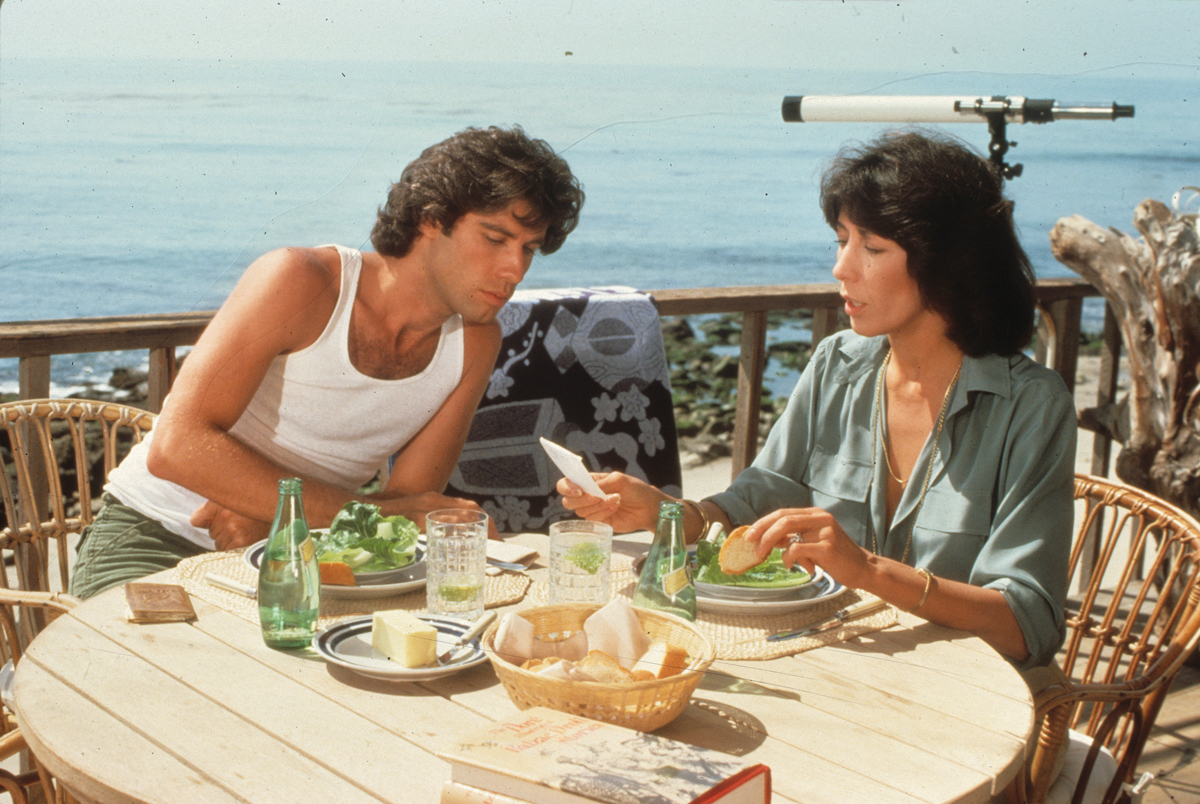
John Travolta as Strip and Lily Tomlin as Trisha in Moment by Moment. Courtesy Kino Lorber.
Jenkins’s untimely passing denied us any more films by him. For Jane Wagner, the scathing critical reception and dismal box office of Moment by Moment (1978), which she both wrote and directed, seemed to ensure that she would never again make another feature. The film “centers on the age- and class-discordant relationship between [Lily] Tomlin’s Trisha, a wealthy woman approaching middle age who retreats to her Malibu beach home while her marriage unravels, and [John] Travolta’s Strip . . . a twentyish drifter,” as 4Columns film editor Melissa Anderson writes. Released when its stars were at the height of their fame, Moment by Moment would be a tremendous setback for its leads and director. Seen decades later, the film fascinates with its odd dissonance; as Anderson observes, “this straight love story was the creation of a gay woman, one in a relationship, begun about seven years prior (and which continues to this day), with the lead actress.” (Wagner and Tomlin have been creative partners for many years as well.) Tomlin and Travolta never register as a viable couple onscreen. But, as Anderson continues, “this stiff, strange, oddly touching movie . . . demonstrates, at the very least, the challenges of performing desire, in the process revealing the different kinds of emotional connections that can fill the void left by the utter absence of sexual chemistry.”
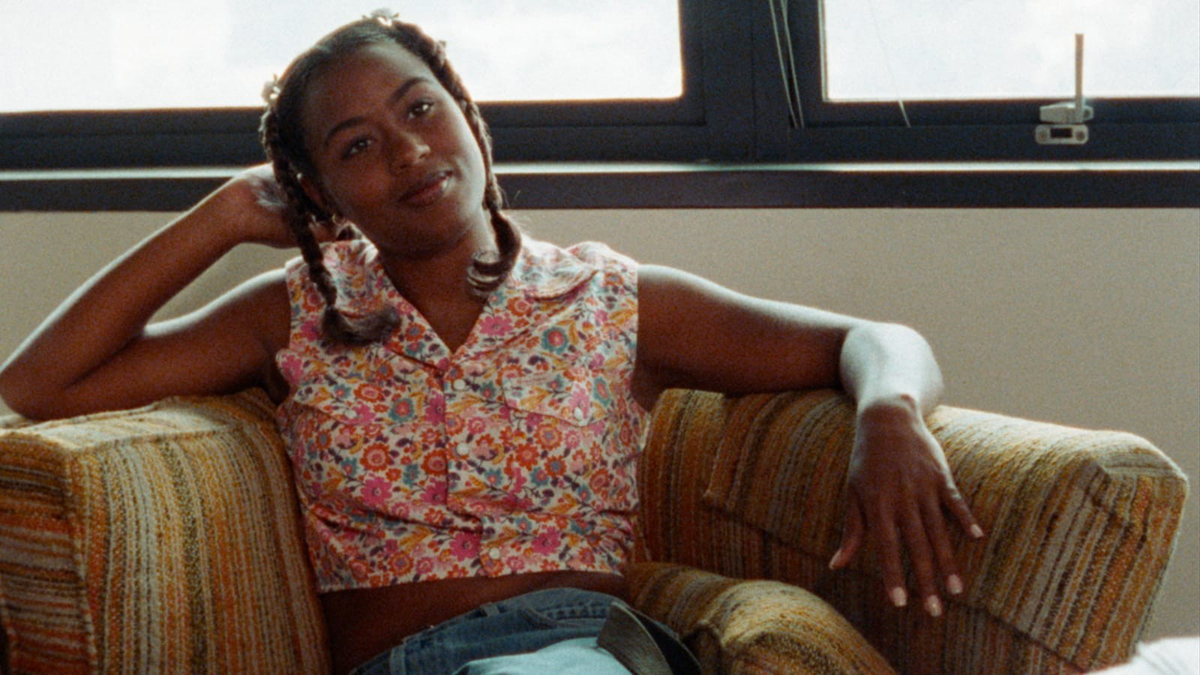
Toby Smith as Pica Sullivan in Drylongso. Courtesy FLC Press.
Frustrated by the innumerable hurdles of feature filmmaking, others have chosen to forgo the practice altogether. Drylongso, the first—and likely the only—narrative feature by multimedia artist Cauleen Smith, played at various festivals in the late 1990s and just earlier this year received a proper theatrical release. Begun while Smith was an MFA student in film at UCLA, Drylongso—an African American term meaning “ordinary” or “same old thing”—is “low-key yet capacious,” as Anderson notes in her admiring review. The film “is at once an affectionate art-school razz; a study of an offbeat female friendship; a reflection on gender, race, and violence; and a portrait of Oakland.”
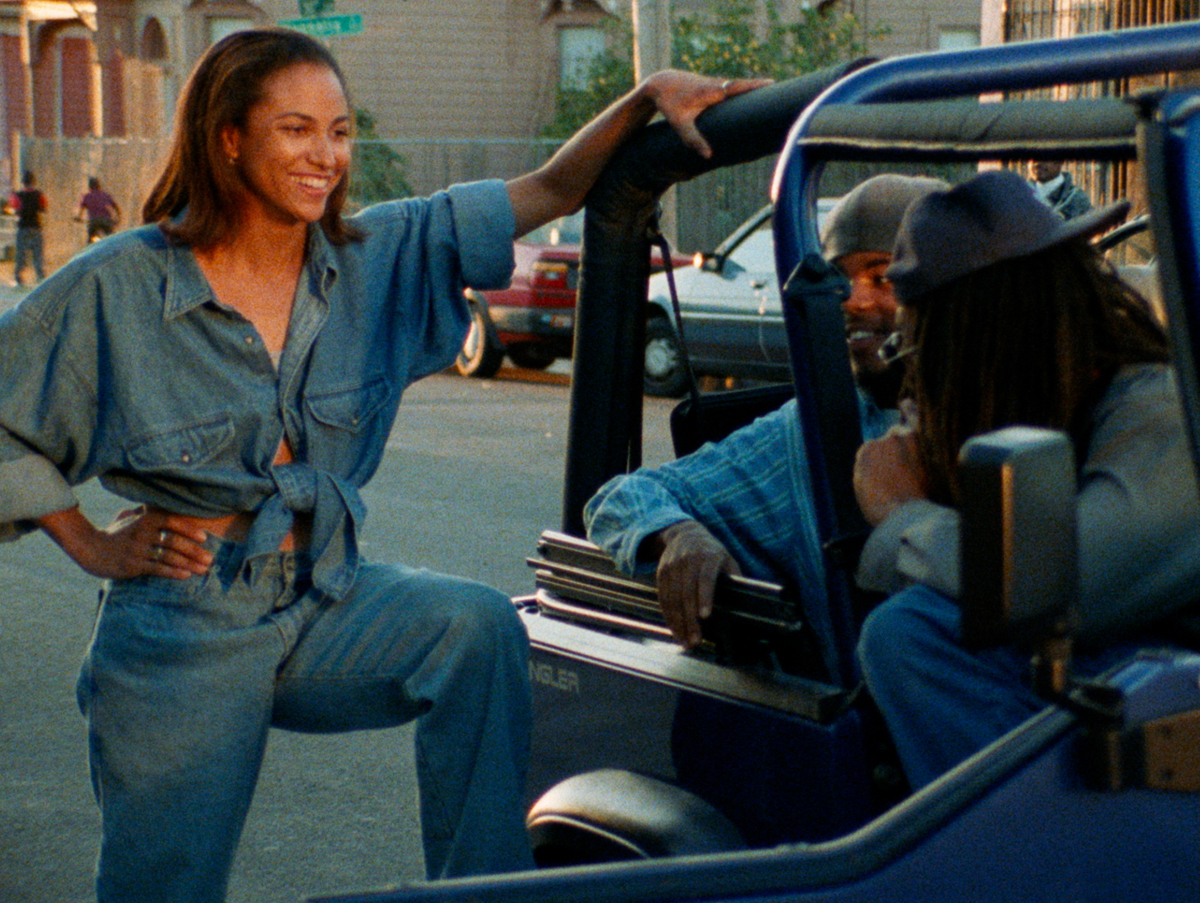
April Barnett as Tobi in Drylongso. Courtesy Isaac Davidson (CMPR).
Following Drylongso, “Smith spent a few frustrating years in Hollywood . . . quickly realizing that the film industry was indifferent, at best, to her proposals,” Anderson writes. “She gave up on the industry but never on film,” continuing to create the short experimental works that were her main focus before Drylongso. In a 2017 interview, Smith explained why she abandoned moviedom for museums and galleries. “The film world is not about ideas, but things that we can consume. There were fewer gatekeepers as far as control of ideas in the arts communities that I found, and so I felt really free to pursue the edges of ideas and ways of making that I found interesting as opposed to trying to conform all my values into the kind of practice that didn’t serve my interests at all.” In Smith’s prodigious career, Drylongso stands as neither a beginning nor an end but merely one element of a vital body of work.